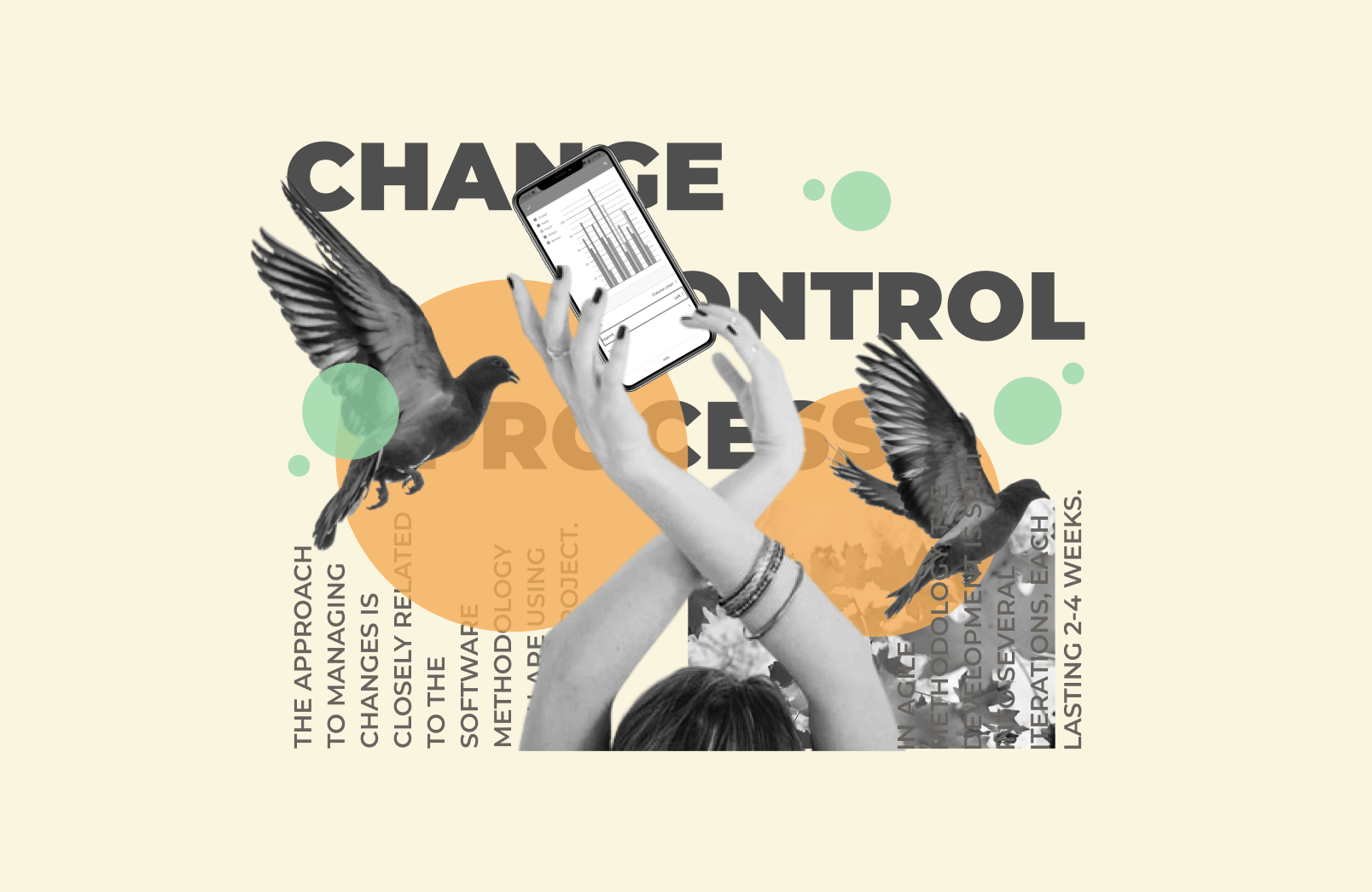Top 9 EdTech Challenges and Opportunities for Startup Founders
Edtech exploded when the pandemic forced students all over the world to leave the comfort of classrooms. What followed was an unprecedented surge in funding and innovation. But to succeed on the market, you need to be aware of all the pitfalls waiting for edtech startups.




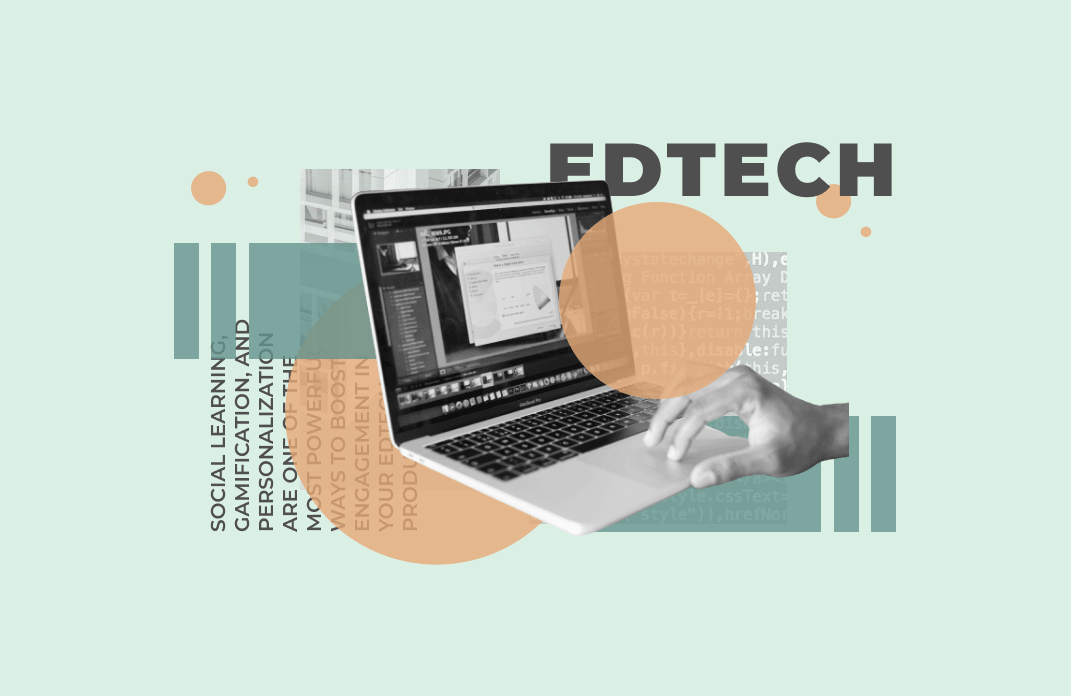
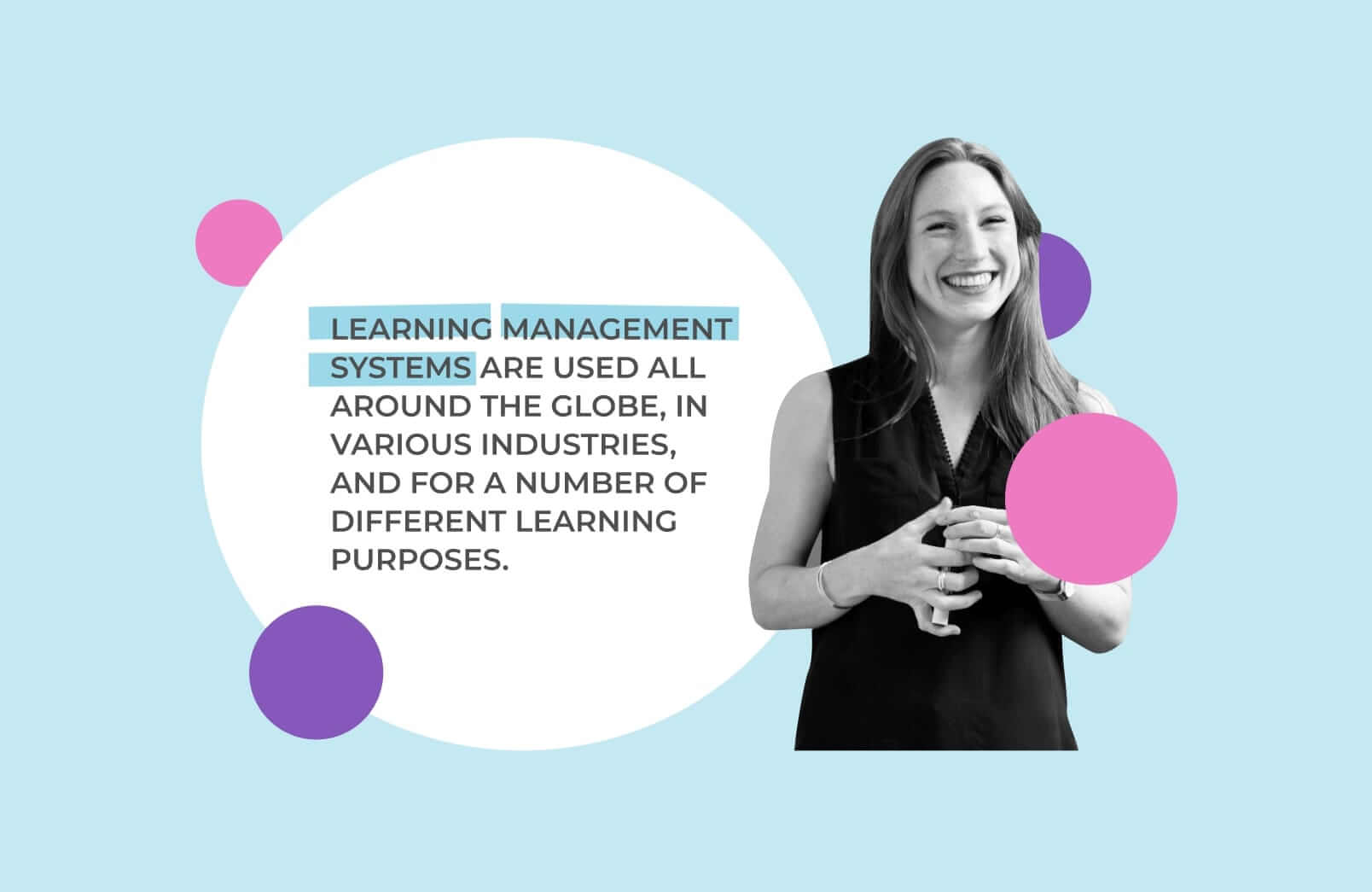

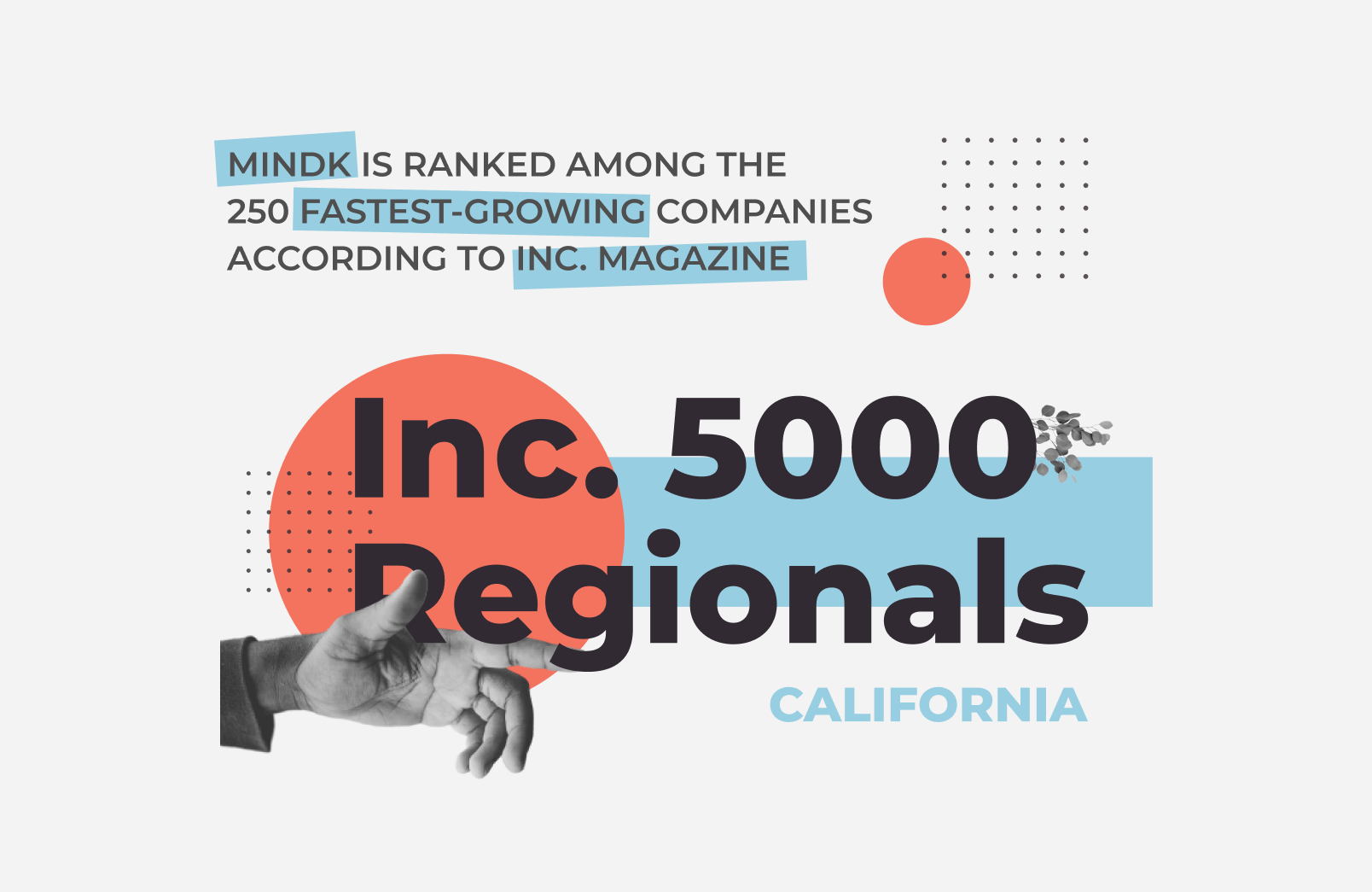



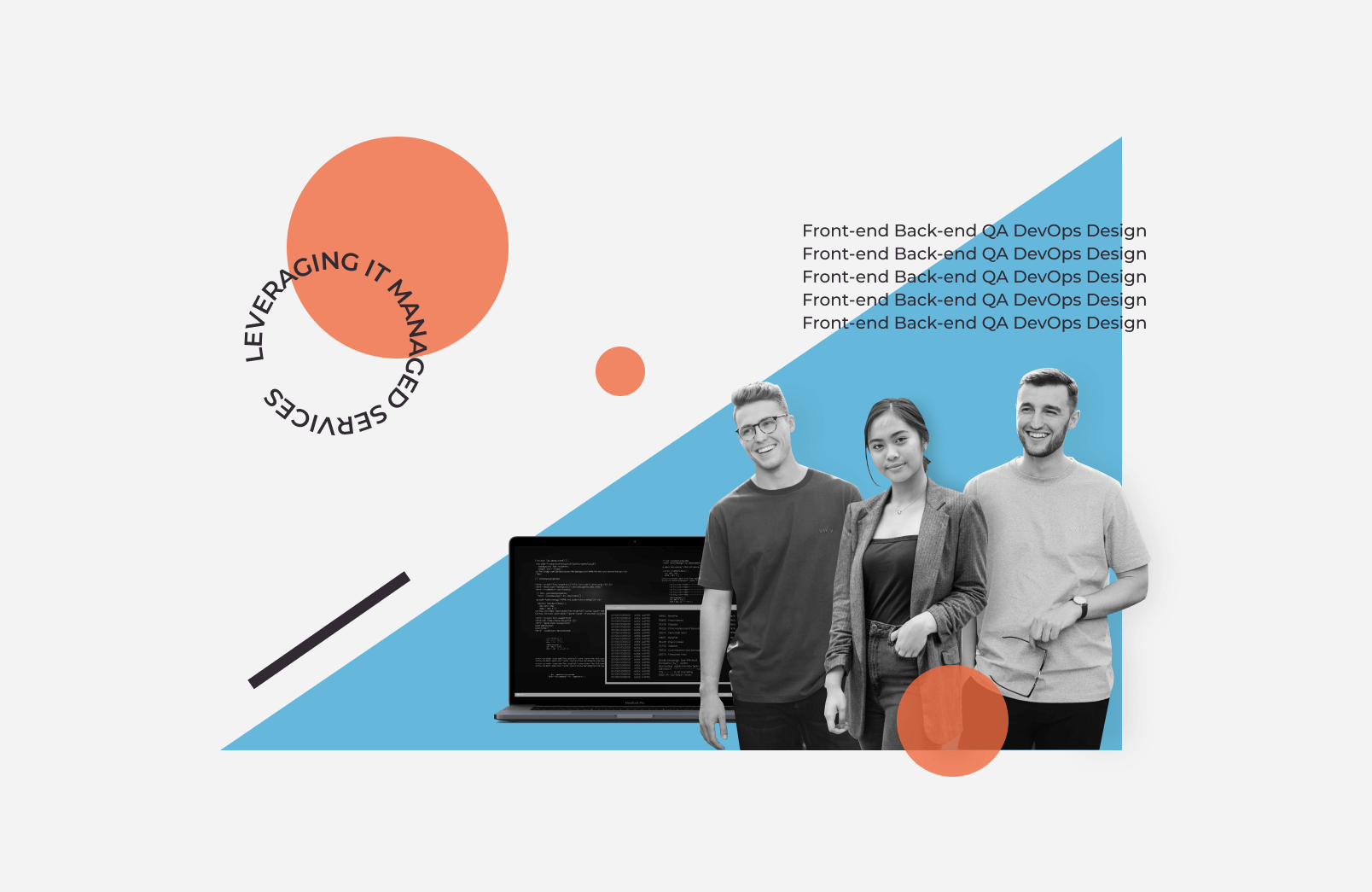

![Optimized Infrastructure Costs and Better Scalability with a Microservice Architecture [Case Study]](https://www.mindk.com/wp-content/uploads/2020/11/Migration_to_a_Microservice_Architecture-min.png)
![Rewriting Infrastructure as Code and Streamlining the Release process for a Large FinTech Startup[Case Study]](https://www.mindk.com/wp-content/uploads/2020/11/Improving_releases_and_infrastructure_as_code-min.png)
